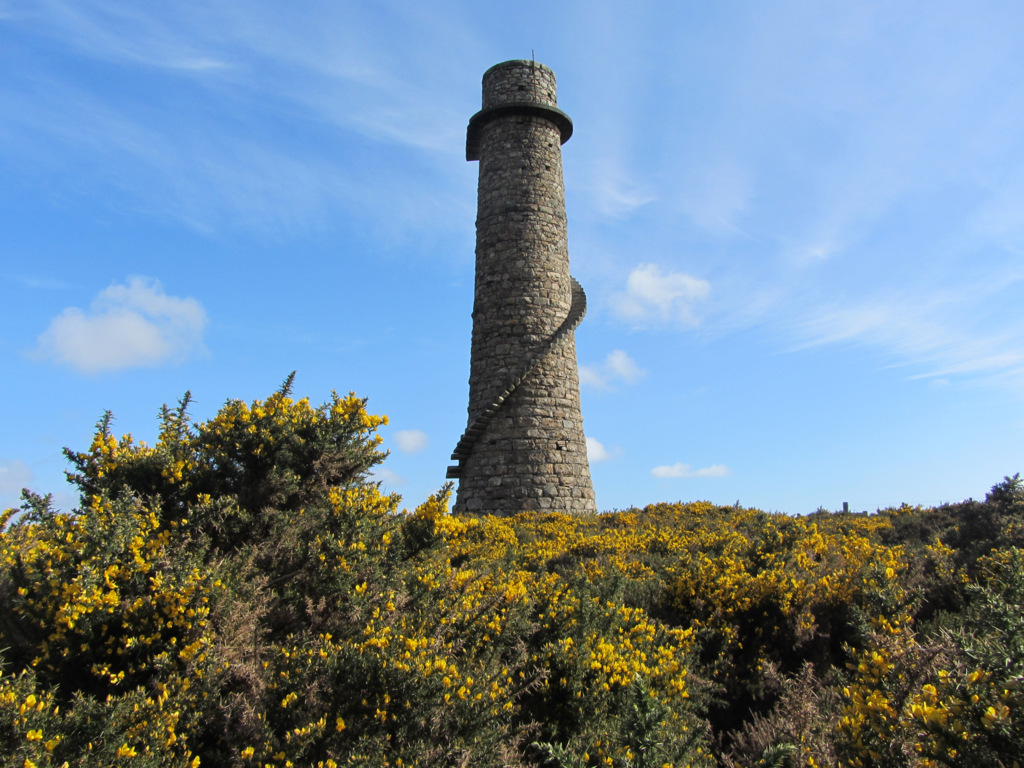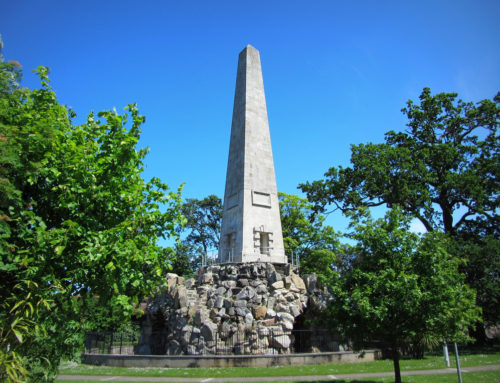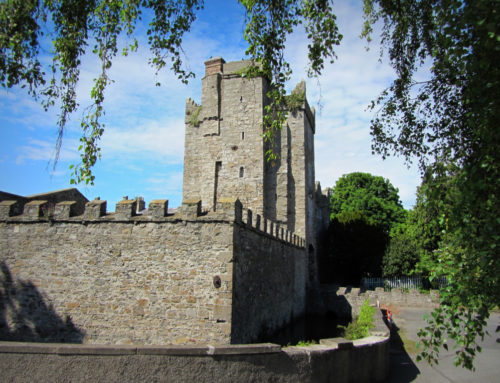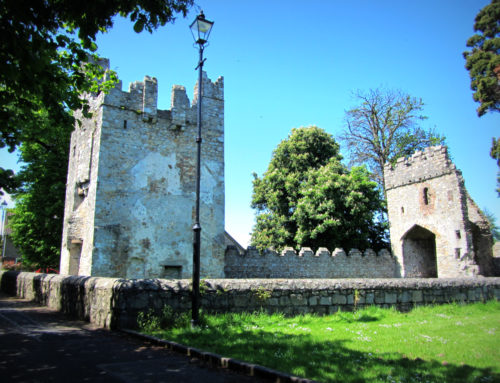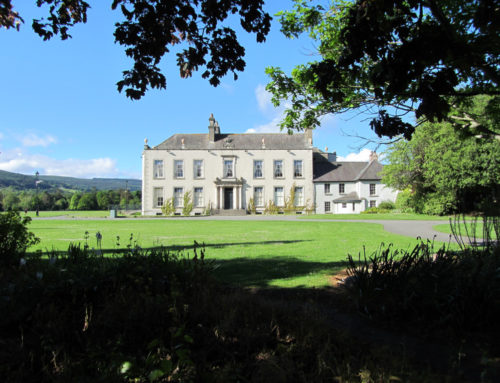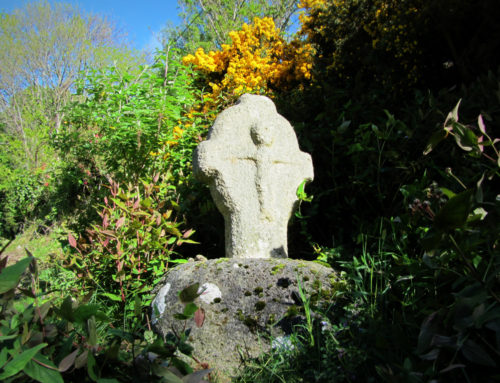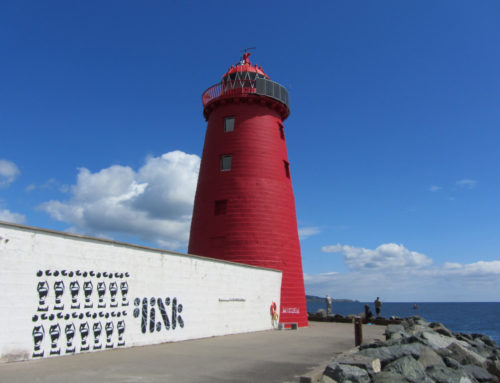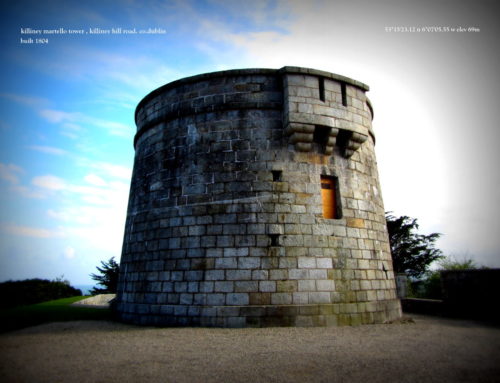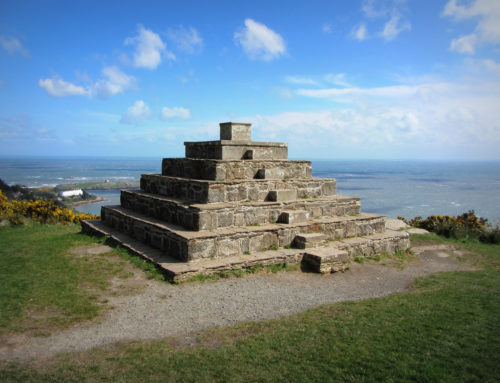Once the largest lead mine in Ireland
In 1807, The Ballychorus Leadmine was built after a discovery in the 1770s that an additional quantity of lead could be extracted from a furnace if the vapors could be trapped long enough to precipitate the lead. A furnace was built at Ballychorus that was connected to the top of the hill by a 2km granite flue. This was designed to carry away the poisonous particles. The tower was originally one-third taller and is regarded to be the finest example in the UK and Ireland. The lead was mainly used for roofing and piping for Dublin houses. The Mining Company of Ireland (MCI) took over the site in 1826 and began underground mining which lasted up until 1863. Ore was processed from as far away as Wicklow, Wexford, Donegal, and even the Isle of Man. The chimney however failed to dispose of all the poisonous fumes and this area was nicknamed ‘death valley’ due to the high mortality rates. There are still many industrial buildings in the area that were involved in the smelting and rolling process including furnaces, purification tanks, lime kilns, stores, workers’ cottages, and the manager’s house.
Thanks to SkyCam Ireland for amazing drone footage of the Leadmines


